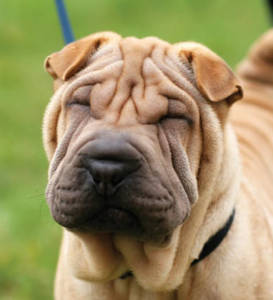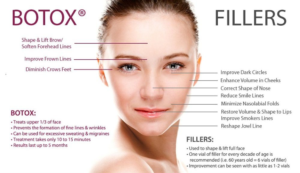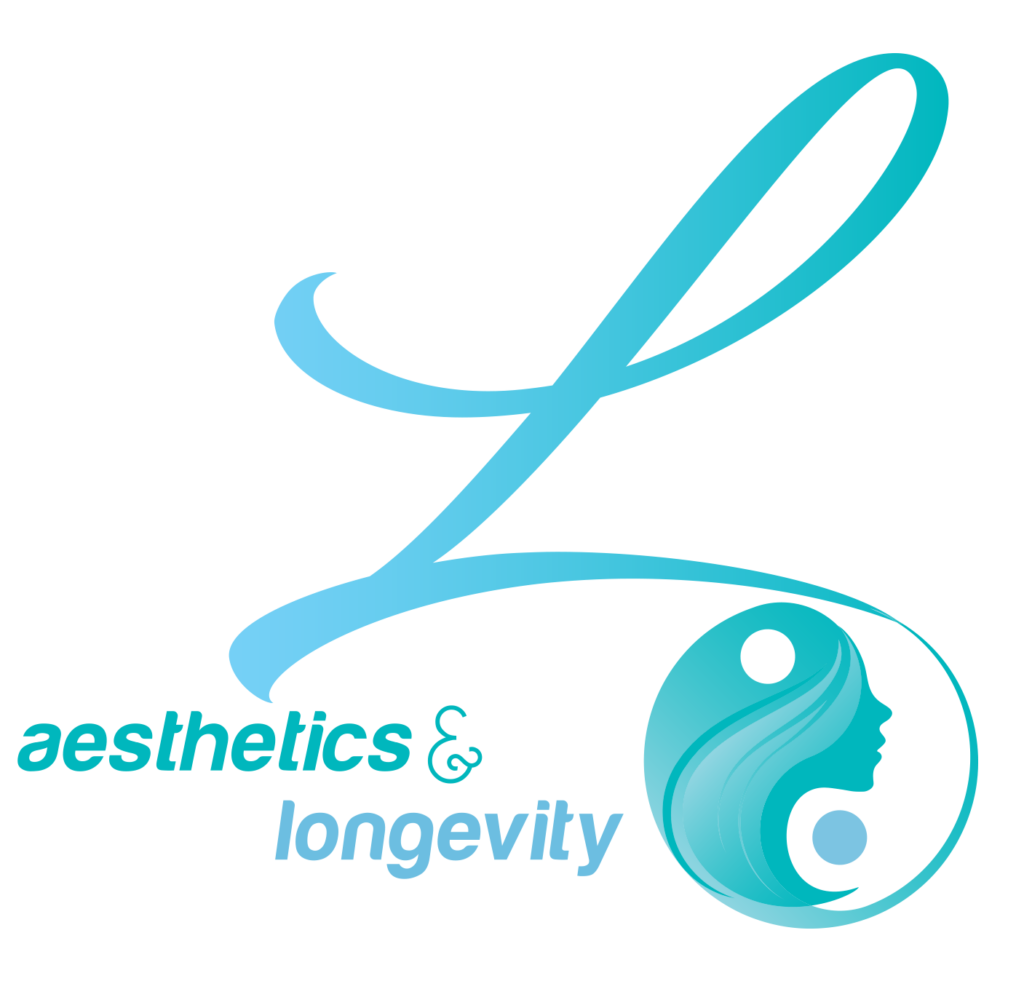Written by: Blaise Geyer PA-C
How does Botox differ from dermal fillers? The differences between the two are easy to understand in theory, however, the nuances in practice can be harder to grasp. Both Botox and dermal filler are extremely popular (thank you Kardashians), non-surgical cosmetic injectable treatments that are performed within the office. While Botox contains purified bacteria that relaxes the injected muscles, dermal fillers contain ingredients that add fullness to areas that have lost volume due to aging. Now, let’s dive into the details.
The Botox Breakdown
Botox is a purified form of botulinum toxin, a neurotoxic protein that is obtained from the bacterium Clostridium botulinum. This organism can be found throughout the world in soil, untreated water, and in improperly canned foods. This is also the reason that infants under 12 months should not ingest honey!

While botulinum toxin is not something that you want to be exposed to in a natural, unregulated setting, in Aesthetic Medicine neuromodulators (Botox, Dysport, Xeomin and Jeauveau) are an incredible tool to temporarily inhibit dynamic muscle movements! The reason this works is because it prevents the release of the neurotransmitter acetylcholine. This is the nerve signal that tells your muscles to move so when these signals are blocked, your muscles are temporarily frozen (refer to image). The benefit we see is the softening, reduction or even removal of wrinkles immediately and over time.
The Benefits of Botox
Botox is effective at treating dynamic wrinkles not static wrinkles. Dynamic means the wrinkles that are a direct result of muscle movement whereas static wrinkles are due to loss of volume, elasticity, and that darn gravity pulling everything south! Static wrinkles are the ones that remain whether you’re making a facial expression or not. To put it more simply, Botox is mainly used for treatment of the lines in th e upper face at and above the level of your eyes, i.e. 11 lines, forehead lines and crow’s feet. Botox will not work on the fine lines and wrinkles caused by sagging skin or loss of volume in the face like the smile lines (nasolabial folds), lines in the neck, and jowl areas.
e upper face at and above the level of your eyes, i.e. 11 lines, forehead lines and crow’s feet. Botox will not work on the fine lines and wrinkles caused by sagging skin or loss of volume in the face like the smile lines (nasolabial folds), lines in the neck, and jowl areas.
Something else to remember is that Botox is not a permanent treatment. In order to receive the full benefits of Botox, repeated treatments are necessary about every 3 to 4 months. Wrinkles may be cute on a Shar-Pei, unfortunately not as cute on humans.
Decoding Dermal Fillers
Dermal fillers are substances designed to be injected beneath the surface of the skin to improve volume, fullness, and static lines. There are many types of dermal fillers, so we’ll focus on those we carry at L-Aesthetics:
- Hyaluronic acid (i.e. Allergan’s line of Juvederm fillers), a naturally occurring substance in the body that adds plumpness to the skin.
- Polylactic acid (Sculptra), which stimulates collagen formation in the skin.
- Polymethyl-methacrylate microspheres (Bellafill), also a collagen stimulator and acts as a semi-permanent filler
The longevity of these products and the areas they best treat differ and range from about 6 months to 2 years or longer. This discussion about individual needs and expectations is always had prior to treatment to make sure that the appropriate filler is chosen and the best results are achieved.
Dermal Filler Duties
Dermal fillers are used to improve various signs of aging like volume depletion and static wrinkles. Depending on the filler selected, we can use the product to:
- Plump thin lips
- Improve volume in shallow areas on the face
- Decrease or remove the shadowing or hollowness underneath the lower eyelids
- Improve the appearance of scars
- Fill in or soften static wrinkles, especially on the lower face
Let’s review..
- Botox temporarily freezes muscles to stop wrinkles caused by facial expressions. These are typically found in the upper face, such as the forehead and around the eyes.
- Dermal fillers use hyaluronic acid and similar substances to “fill in” or plump areas that have lost volume. This includes wrinkles around the mouth, thin lips, and cheeks that have lost fullness.
- Botox results last 3 to 4 months; dermal filler longevity varies 6 months-2 years + depending on the type of filler is used.
Come see us and let us help you decide what will be the best treatment to help you achieve your goals!
